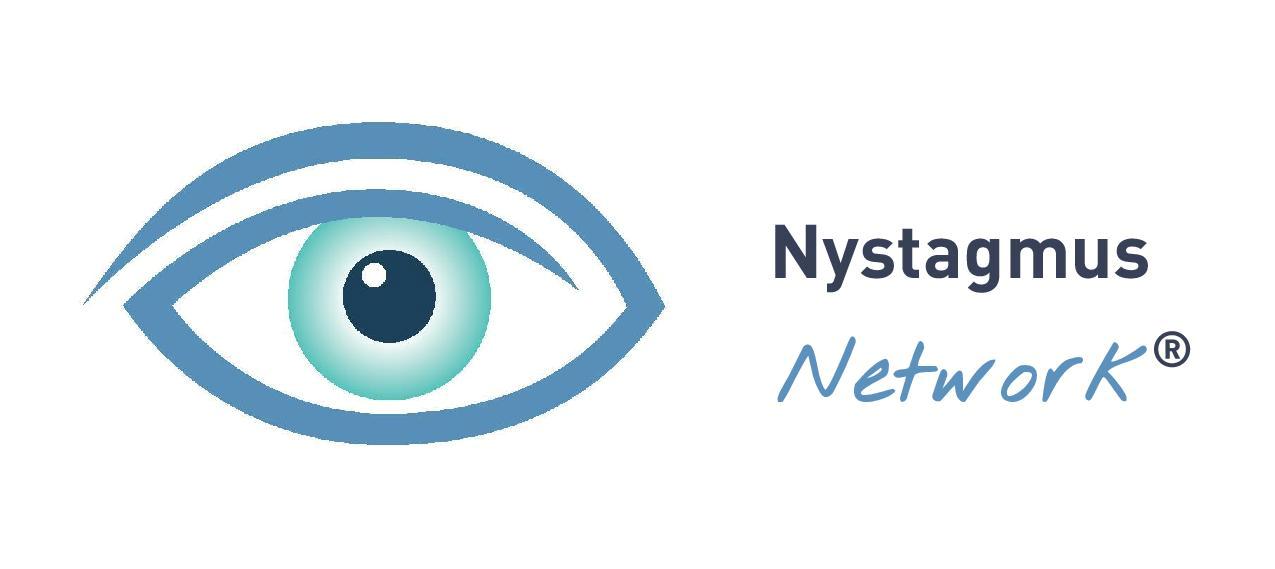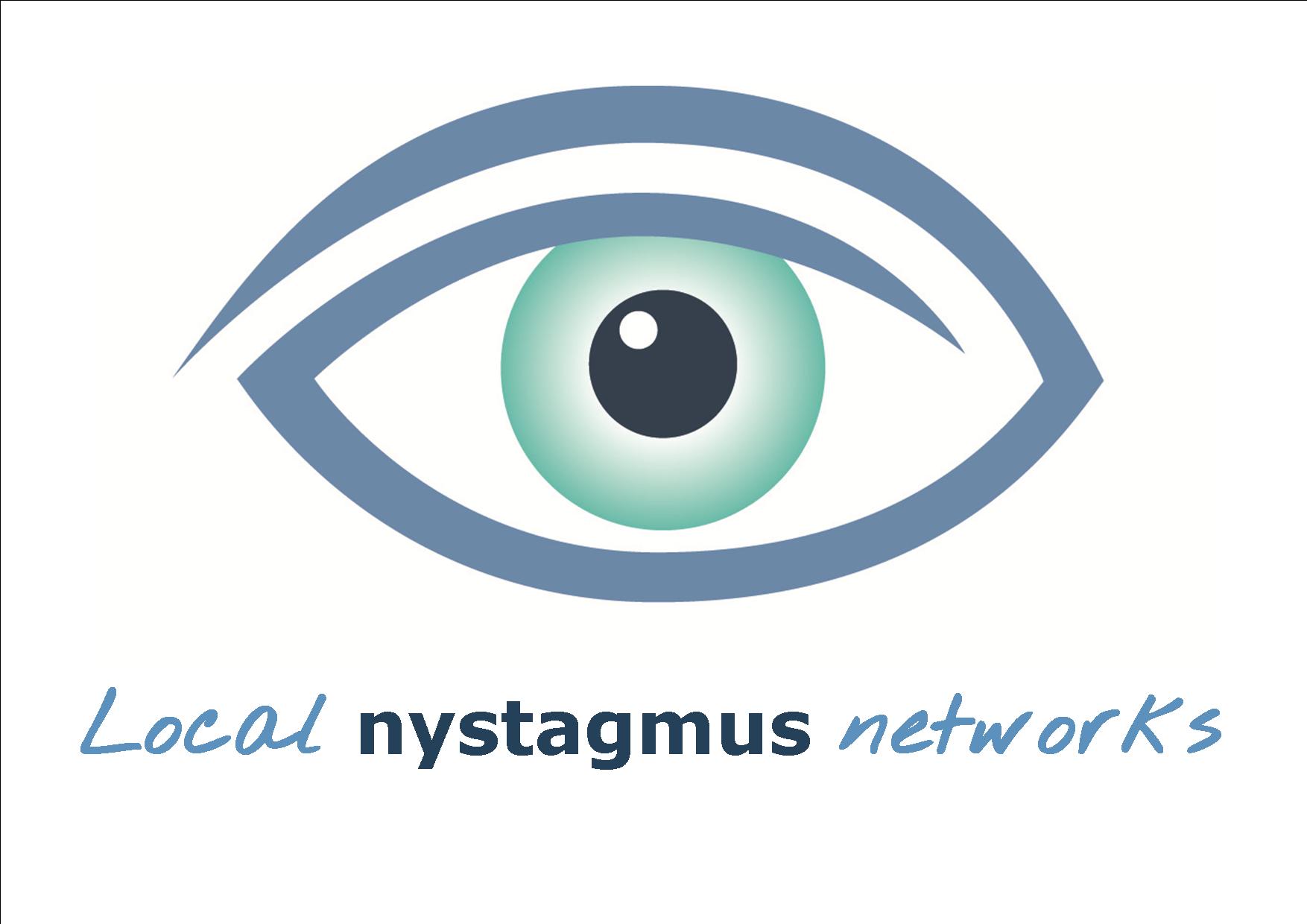Researchers are investigating the impact of glare on young children with albinism and nystagmus to help ease important day-to-day tasks like reading.
Jointly funded by Nystagmus Network and Fight for Sight, a team of researchers at the University of Leicester will be investigating glare in patients with infantile nystagmus.
People with nystagmus often experience glare, but this has not been researched thoroughly despite the discomfort it can cause and the impact it has on reading.
Led by Dr Frank Proudlock, the study will measure the effect of glare by testing reading overlays, tinted contact lenses and other means.
Although there are several devices that doctors use to measure glare in eye clinics, few of them have been tested as to how well they measure glare in nystagmus. Also, it is very difficult to measure glare in young children.
The team at University of Leicester will study four groups of people: people with albinism; people with idiopathic infantile nystagmus; people with achromatopsia; and people without nystagmus.
The team hopes the study will help doctors to make reliable measurement of glare in people with infantile nystagmus, especially in young children.
Understanding how glare can affect reading in people with infantile nystagmus and ways of managing it will help provide useful information to parents, teachers, doctors and patients to come up with the best solutions for reading at home, work and at school or university.
Keith Valentine, Fight for Sight CEO said:
“We’re pleased to continue our important partnership with the Nystagmus Network, funding these vital projects. With one person in every 1,500 people having nystagmus, it’s vital that we fund research that can help improve lives and make sure children and adults with nystagmus live their lives to the fullest.”




